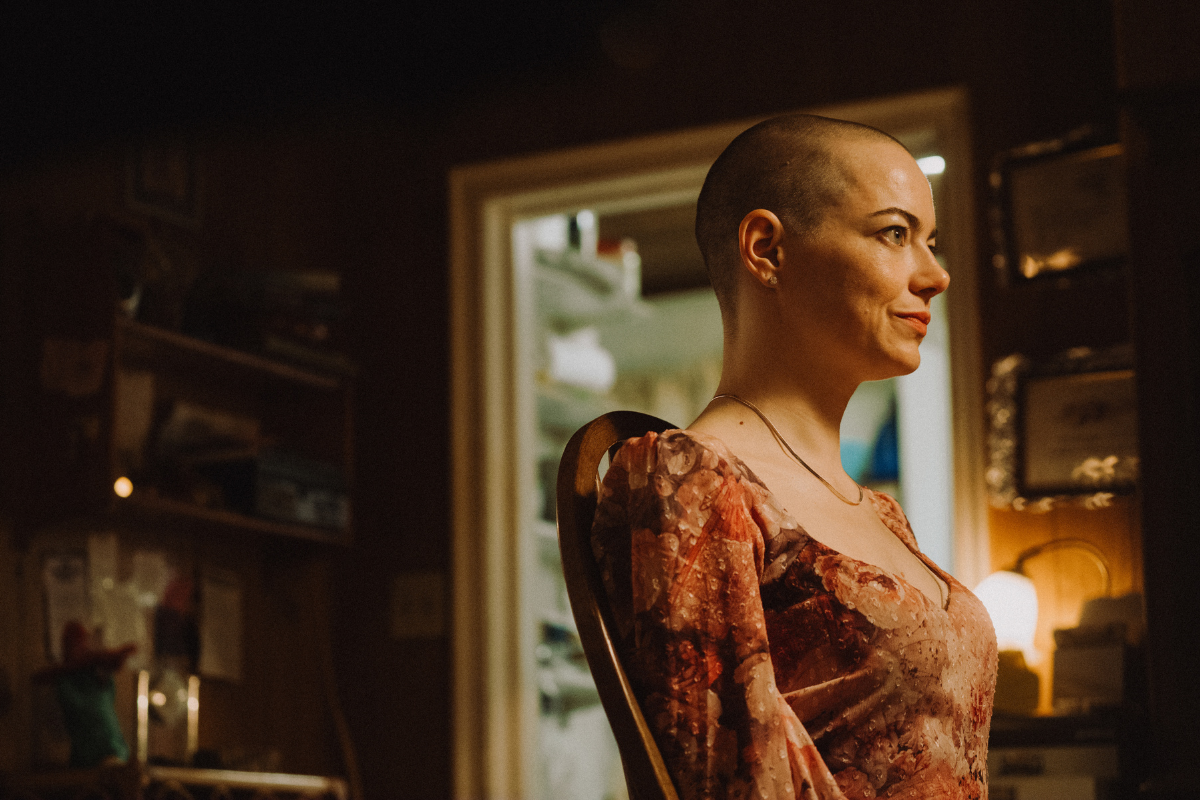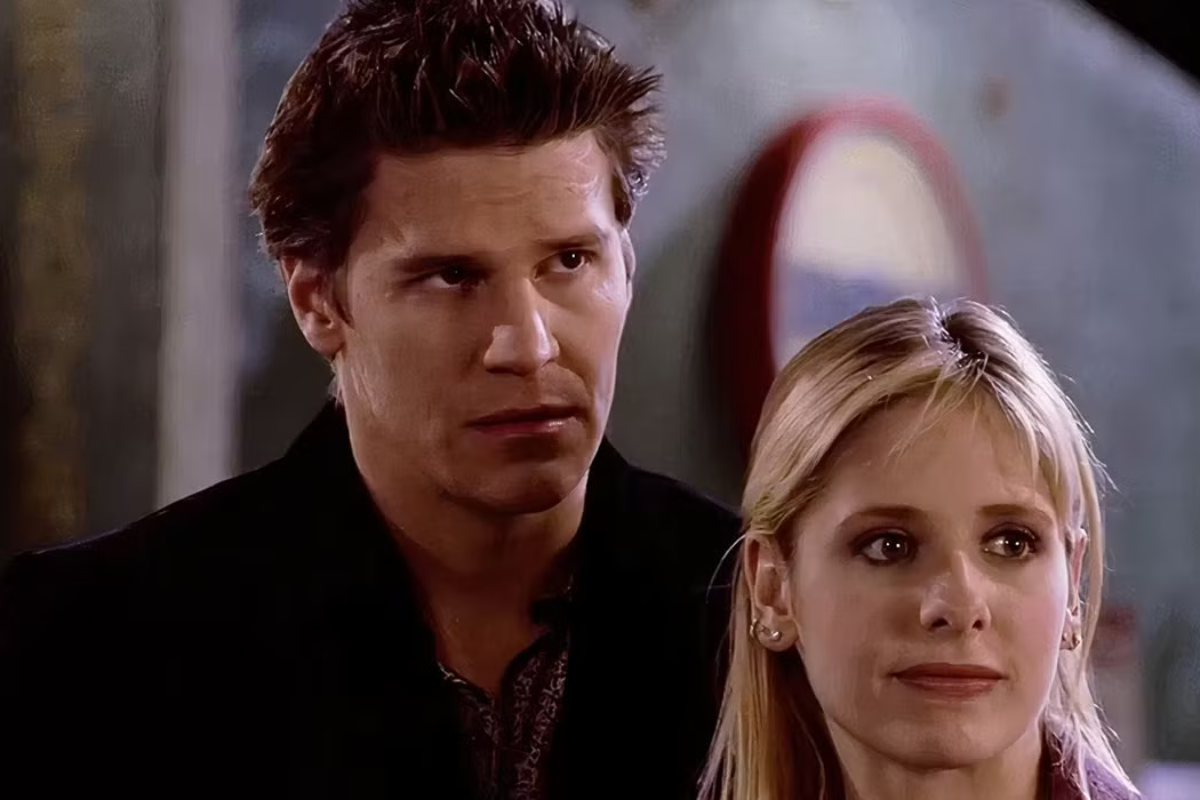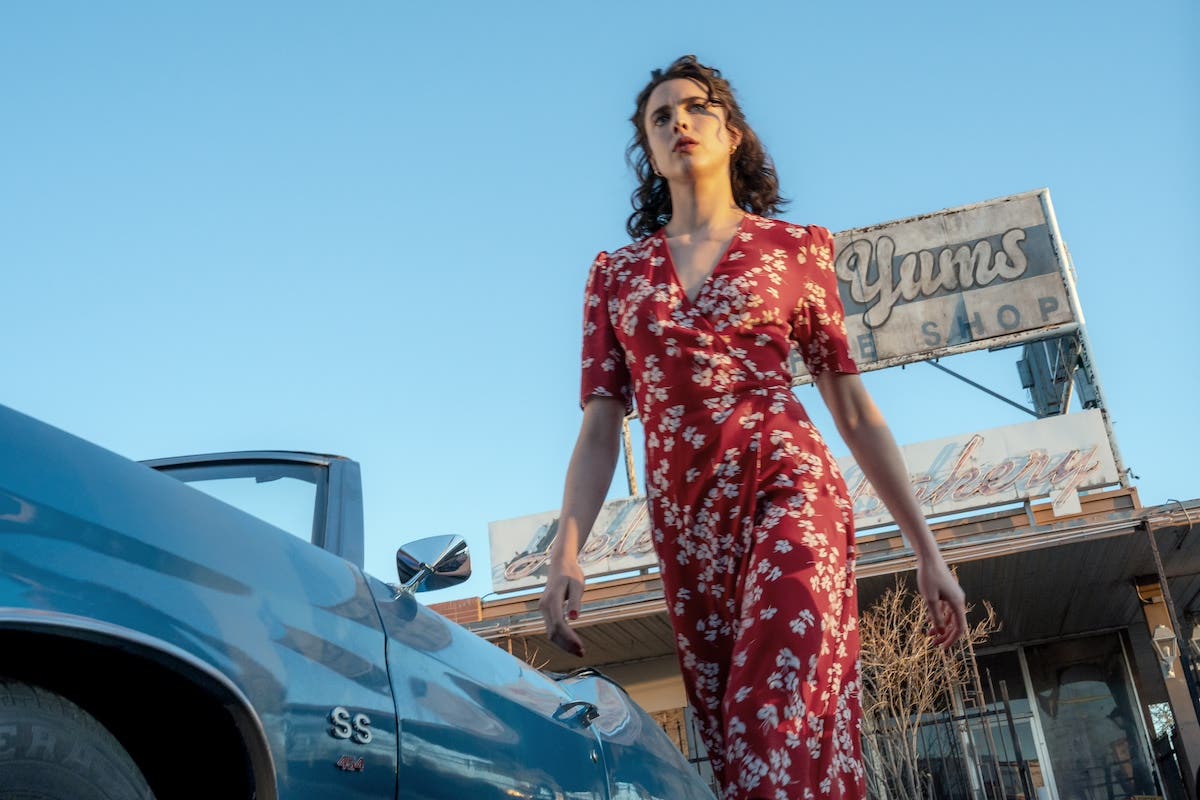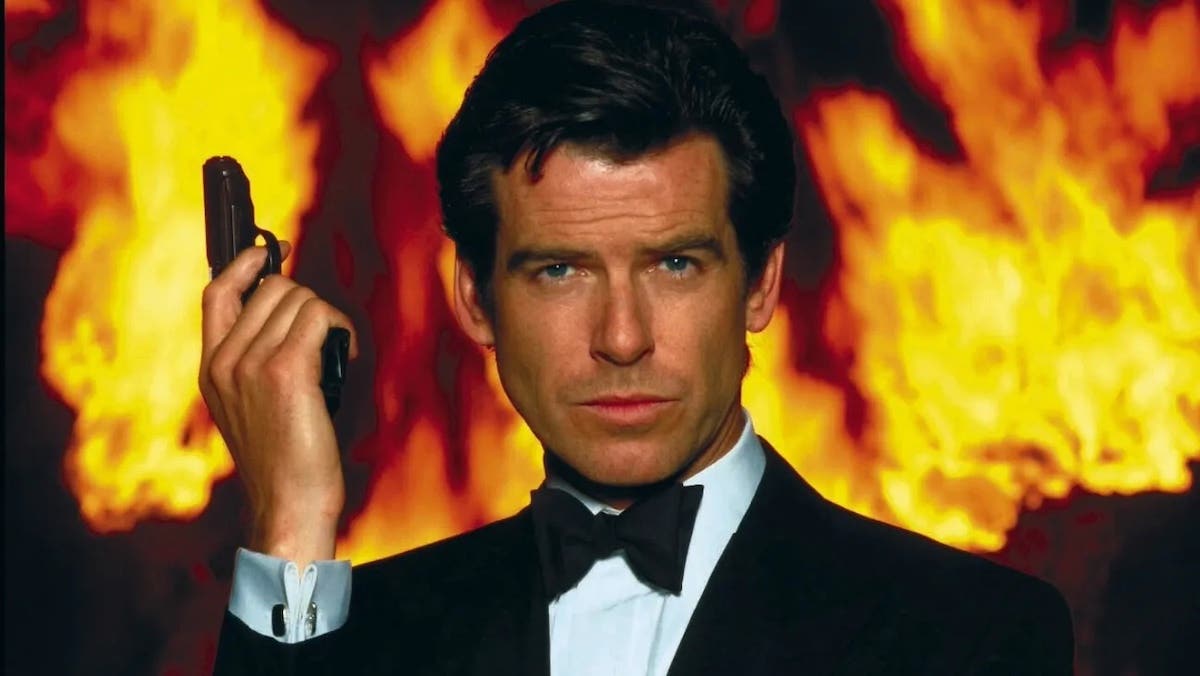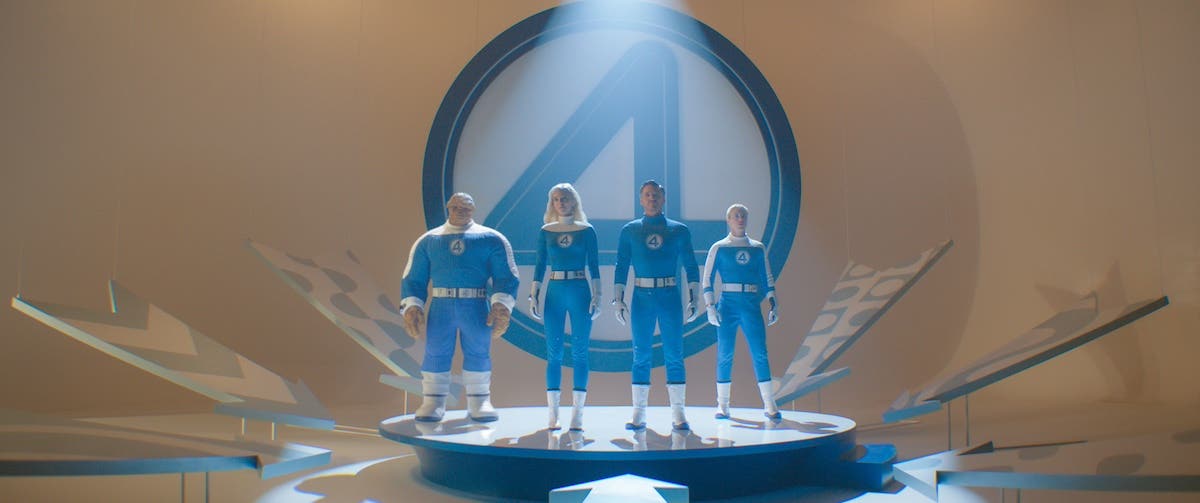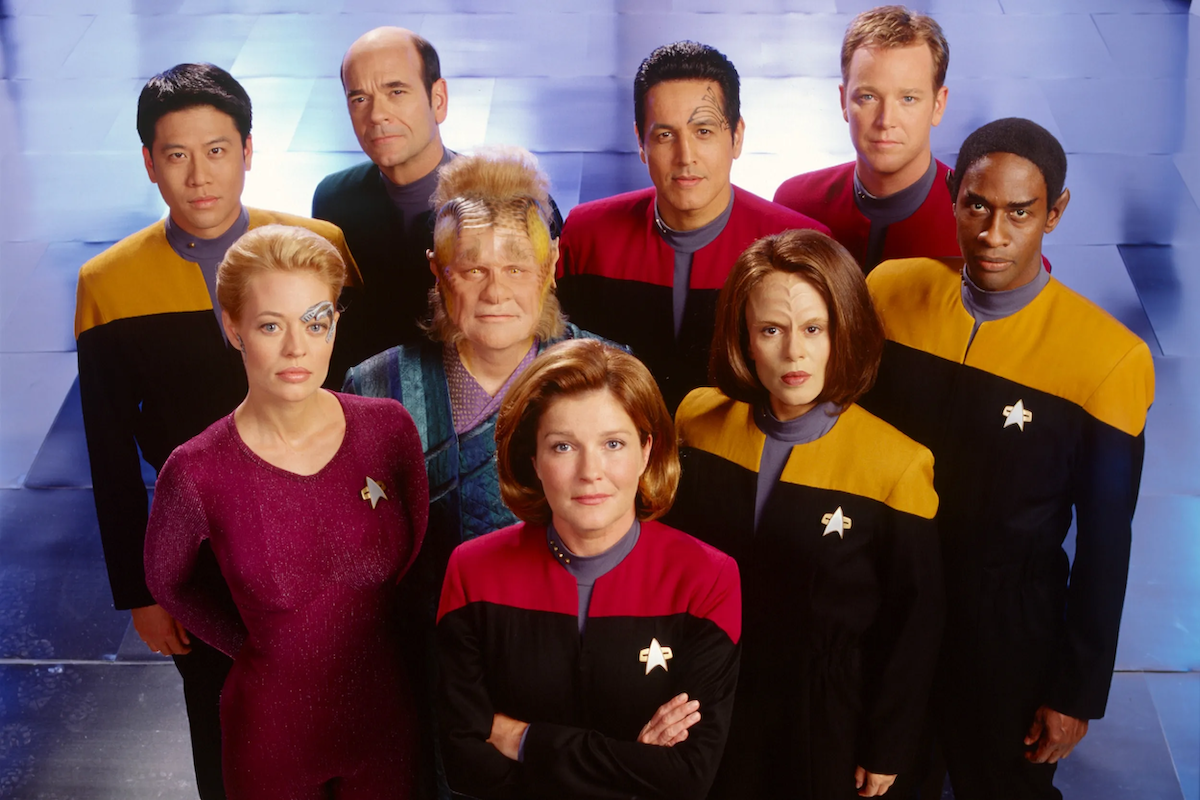What Alex Garland’s Screenplay for “28 Years Later” Can Teach Screenwriters
Bryan Young explores lessons to be learned from “28 Years Later,” including storytelling through allusion, using a five-act structure, and incorporating complex themes.
Warning: This will have spoilers for 28 Years Later.
28 Years Later, directed by Danny Boyle and written by Alex Garland, is the third film in a series that began with 2002’s 28 Days Later, written and directed by the same duo. It’s divorced enough from the previous installments by decades that it really requires no one in the audience to revisit them. You can start fresh with this film and not feel lost, and part of that is that we’re all familiar enough with the tropes of zombie films to understand exactly what’s going on. This film is set in a world where the zombie apocalypse occurred 28 years in the past and were introduced to a small community living on an island just off the coast of England, connected by a causeway walkable only at low tide. This keeps them safe enough from those that are infected by the Rage virus—which was the subject of the first film. Our main point-of-view character is Spike (Alfie Williams) who has just turned 12 and his father (Aaron Taylor-Johnson) is about to take him on his first journey to the mainland for his first kill. It’s a harrowing experience, but they make it back and celebrate. Spike is distraught, though. His mother (Jodie Comer) has a mysterious illness, and his father has obscured from him knowledge of a doctor (Ralph Fiennes) living on the mainland. Spike’s father insists the doctor has gone insane and can’t help her, but Spike’s 12-year-old optimism won’t take no for an answer and embarks on a journey with her to take her to the doctor on his own.
Most zombie fare examines the immediate needs of survival in the acute outbreak—as the first film did—and very few examine the more existential problems of long-term survival in a world where zombies are a reality. Robert Kirkman’s The Walking Dead has come closest to that path, showing us a straight line from the initial outbreak to the more sociopathic tendencies of human nature through his horror series, both in comic and television form, but Garland and Boyle show us something more empathetic and truer to reality. Kirkman’s view is the much more discredited Lord of the Flies Golding gave us where everyone descends into madness. 28 Years Later shows us humanity and empathy scared by reality when kids are actually thrust into the events similar to Lord of the Flies. These two prove that you can tell equally compelling and horrifying stories out of the same material.
But what can the film show us as screenwriters?
Wraparounds and Literary Allusions
One of the things I enjoyed so much about this film is how subtle it was with its frame story and the literary allusions it used to tell the story efficiently and visually. Film is, by definition, a visual medium, and doesn’t need to have the story explained in the dialogue. The way 28 Years Later adds intriguing story elements and a deeper layer of text to what’s going on is utterly fascinating and should be something screenwriters should be reaching for.
The film starts and ends with the story of Jimmy. At first, it seems as though Jimmy’s story could be an easy throw away. We might not even remember his name. A family is holed up in a house on the mainland during the initial outbreak of Rage. A group of small children, all incredibly blond, are locked in a bedroom watching Teletubbies, which is sort of creepy on its own. We hear the sound of their family getting torn apart and one of the kids makes a break for it. This is Jimmy. He sees his family torn apart as his mother screams for him to get away and get away he does.
It’s terrifying and tells us everything we need to know about the lethality of the world before the opening credits begin.
As we are shown the title of the film, we almost feel like we can dismiss this as the pre-credits sequence to set the tone, but it comes into play later. As Jamie, Spike’s father, brings Spike out to the mainland, we’re treated to an intense montage that includes clips from Laurence Olivier’s Henry V, especially moments where he unleashes his archers. There are moments where this feels like it’s trying to tell us this is the sort of feudal version of Britain we’re stepping back into, especially since bows and arrows are now the dominant weapon Spike and Jamie are using to fight zombies.
The Henry V allusions are more than just imagery to tell us about the Britain we’re looking at. It tells us so much about the sequel that’s coming and about the character we don’t even realize we’re building for that movie. In Henry V, Henry has grown from a wild young man into a powerful and angry king. In the play, he takes insult with a gift and decides to travel the sea and invade France. Though he’s badly outnumbered, he manages to win a decisive battle, but peace is eventually negotiated between the English and the French.
How does any of this matter?
Well, the movie shows us this wild side of the character it has deemed its Henry: Jimmy.
As Jamie and Spike explore on their first expedition, they find a house where there is an infected tied up, hanging upside down by its ankles. It has a bag over its head, collecting blood. Carved into its stomach are the letters I M M Y… Above the line of its pants, we can assume the last letter is a J. Spike asks about the sort of person who would do such a thing, to leave a person like this to get infected or to turn into an infected like this. A barbaric person, that’s for sure.
We think little of it.
Occasionally, through the rest of the film, we see graffiti proclaiming warnings of Jimmy’s territory. Though we see no other evidence of him, merely passing references in the background that we might miss.
But then, at the end of the film, in its final moments, it all comes together.
Spike has struck out on his own, wanting to explore the mainland for himself after losing his mother and no longer trusting his father. He’s learned how to take care of himself. Chased by some infected, he fends a few off, but comes to a dead end and shoots one right between the eyes with an arrow.
And that’s when a man with blond hair in a purple track suit, wearing a golden, upside down cross and a tiara compliments him on the shot. Then he asks if he might be given a chance to take over. Spike agrees and the man raises a hand. “Hold!” he tells his men, just like King Henry V. “Hold!” he says again as the zombies race closer.
Finally, he lowers his hand and his blond disciples leap into action, destroying the zombies in thrilling action.
The visual flourishes matching him to Henry V tell us that he’s fancied himself a king. Knowing the story of Henry V tells us exactly where the story will go next and what this man thinks of himself. And when he introduces himself as Jimmy to Spike and we add up the opening of the film and the clues along the way, we get a sinking feeling.
That sinking feeling is predicated on nothing more on perfectly placed literary allusions in the script.
How can you rely on those sorts of things?
One of them is to trust the audience to pay attention and to understand them. Those who understand it will be able to pass the information along to those who don’t.
The Structure
Not only does Henry V play a significant role in the subtext of 28 Years Later, the story structure of Shakespeare also plays a vital role in the structure of the story. “Study your classics” is always good advice, and it’s clear Alex Garland and Danny Boyle have done that in spades. As you break down the style and structure of 28 Years Later, you realize that it’s structured in five distinct acts just like a Shakespeare play.
In the first act, we’re shown the world that Spike inhabits and the supportive community he lives in. It establishes some of the rules the community lives by. The biggest ones we learn are that he’s a couple of years too young by community standards to be heading to the mainland to be making his first kill and that when you leave on your journey, no one from the community is allowed to go out and look for you if you disappear. There will be no search parties if one goes missing.
In the second act, Spike goes on a journey with his father into the mainland and this is the first of his two journeys. Here, Spike undergoes his first coming of age, where he makes his kill and, in his community, this is his first step to becoming a man. But to Spike, this is somehow revolting. He respects his father, but there’s something off about it, but he might be too young to understand. This second act also establishes the rules of the mainland itself, including all the different zombies and infected, as well as the rules to get back and forth from their community.
The third act is their perilous return and victory. In a classic hero story, this is where Spike would be hailed as a hero and be able to use his knowledge to aid his village. With his mother ill and his father grossly embellishing their journey, he suspects something else is deeply wrong. When he catches his father sneaking off with another woman, he can’t believe it and is even further incensed when he learns that there is a doctor on the mainland who might be able to help his mother. When he confronts his father about this, his father slaps him, and Spike pulls a knife on his dad. This climax makes him realize that he can’t rely on his father’s toxic masculinity and wisdom from the old ways and must take matters into his own hands.
In the fourth act, Spike embarks on a new journey, this time with his mother in tow. Together, they seek out the doctor. Along the way, their empathy sees them through, whether it’s trying to help a stranded Swedish soldier understand the way of the world, or help an infected woman give birth to her surprisingly uninfected baby, they manage to find the doctor with humanistic instincts more akin to a new world rather than the old. The doctor, who has spent the last 28 years burning bodies of the dead—infected and uninfected alike—and building a shrine to them, explains the concept of “Memento Mori” to Spike. That each of us must die. And it’s a lesson he must learn quickly because the doctor cannot cure Spike’s mother. She has cancer and is rapidly dying. Spike must grapple with his grief and find the strength to bring the baby back to their community, comprehending the lessons he learned on his dual journeys of violence from his father and of nurturing care from his mother.
The fifth act is Spike’s synthesis of his journeys and return. Like some medieval peasant, he leaves the baby on the doorstep of the castle of his old community like an orphan with a note to his father. He tells his father not to follow him, he’s not ready to return, but he has his own journey to go on.
It feels very Shakespearean, and the structure is absolutely lovely. When you add the framing of Jimmy and the danger of what comes next, it’s an absolutely elegantly articulated story.
Memento Mori
The theme of death permeates the film. Whether that is taking a life and causing death or confronting your own death or the deaths of others. 28 Years Later grapples with what that means from so many angles and from so many different characters, from a wide angle and from close up. Watch it through the lens of each character and see how each of them responds to that death. Which of them becomes reckless, which of them becomes caring, which of them becomes self-destructive, which of them becomes nurturing. Which of them lean into their empathy.
It’s a fascinating examination of empathy and what people mean to each other and how we each grapple with death.
Some people will go in thinking 28 Years Later is a zombie film, but when you actually look at it, the zombies have very little to do with what the film is really about. They’re a vehicle for exploring humanity. They’re a vehicle for exploring the theme of death and how we face it. They’re a vehicle for understanding how we each face the inevitable.
We all die.
This film brought me to tears.
I have a hard time believing it didn’t bring Alex Garland to tears writing it.
Chase that emotion when you’re writing.
Grapple with those big questions for yourself as you’re writing. Because if you’re not, what’s the point?
Don’t just write a zombie film; write something that tries to swing for the fences and answers the big questions of our existence.
That’s the point, isn’t it?
28 Years Later is currently in wide release.
Bryan Young is an award-winning filmmaker, journalist, and author. He's written and produced documentary and narrative feature films and has published multiple novels and a non-fiction book. He's written for Huffington Post, Syfy, /Film, and others. He's also done work in the Star Wars and Robotech universes. You can reach him on Twitter @Swankmotron or by visiting his website: swankmotron.com.


